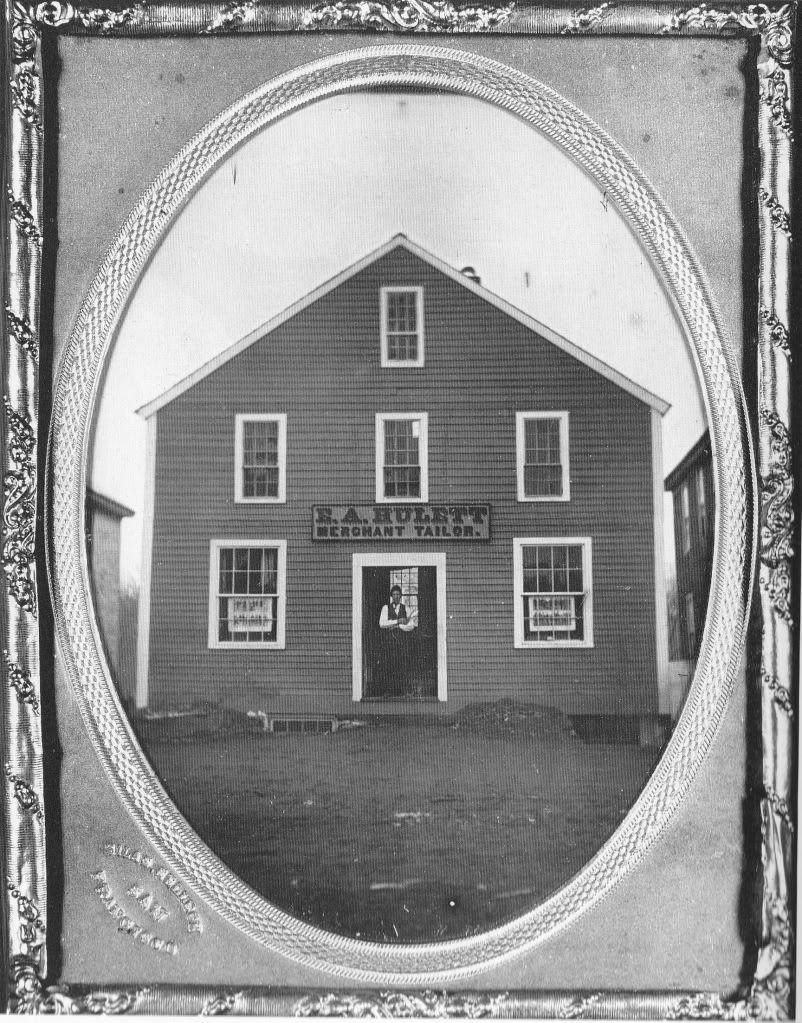Hi,
I am thinking about making a hooded overcoat based on the Weller pattern. I have search the past threads and have read that both jean cloth and kersey were used in overcoats at that time. I know that a coat made from kersey would be warm, I am curious to hear from folks that have one made from jean cloth and how warm are they? If I am going to make the coat that I want it to be warm and period correct.
Thanks,
Kevin Coyle
4th Texas Recruit
I am thinking about making a hooded overcoat based on the Weller pattern. I have search the past threads and have read that both jean cloth and kersey were used in overcoats at that time. I know that a coat made from kersey would be warm, I am curious to hear from folks that have one made from jean cloth and how warm are they? If I am going to make the coat that I want it to be warm and period correct.
Thanks,
Kevin Coyle
4th Texas Recruit





Comment